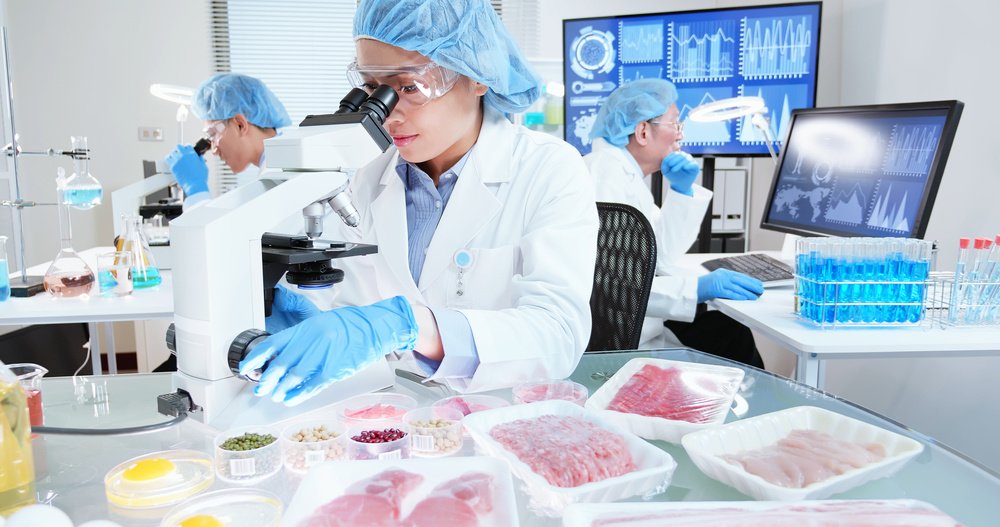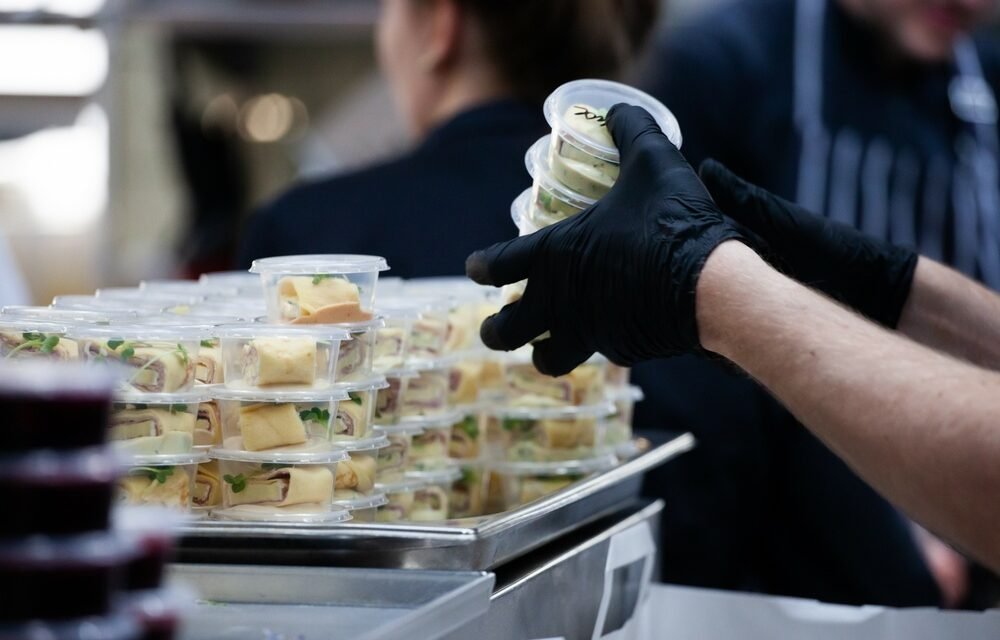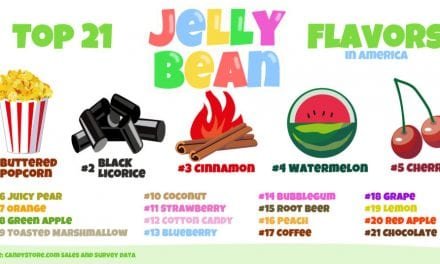People consume food to nourish their bodies. But food can also harm the body with compromised packaging integrity. Packaging plays a vital role in guaranteeing food safety. Many diseases can be transmitted through food, and germs can multiply without proper packaging, causing spoilage and food poisoning.
Choosing the proper food packaging makes the contents resilient to rough shipping, handling, and storage. Good packaging protects food products from heat, contaminants, temperature changes, germs, and physical damage. Explore the roles of proper food packaging in ensuring food safety.
A Protector
Ensure packaging integrity to guarantee food safety. The type and size of the food product determine the suitable packaging for it. Many manufacturers sell large amounts of food products in sturdy cardboard boxes for protection.
Here’s how food packaging can protect food products:
1. Protect Against Microorganisms
Packaging protects locally grown raw ingredients and manufactured food products against pests, bacteria, parasites, and other harmful microorganisms.
2. Protect Against Non-Food Items
Food packaging helps protect the contents from metals, plastics, glass, and other non-food items that may get mixed with the product during manufacturing. Food manufacturers ensure excellent quality checks before, during, and after food packaging using smart sensors and detectors.
For instance, checking for metal detector sensitivity is crucial in detecting metal contaminants, such as stainless steel and ferrous metals, in food products without false rejects and wasting safe items.
3. Protect Against Tampering
Keep food packaging tamper-proof by choosing the right materials. Tamper-evident food packaging materials have secure barriers, like popup metal covers, clearly showing evidence of tampering. Some food businesses use custom plastic or glass containers with tamper-proof seals to sell their beverage or solid food products.
4. Protect Against Air
Businesses in the food industry employ creative ways to protect their products. Nuts and dried fruits do well in airtight packaging bags. Food product producers can also store dried foods in canning jars and airtight plastic containers. On the other hand, meat products are mostly vacuum-sealed.

An Identifier
Food product identity is highly critical in consumer safety, and packaging shows food products’ manufacturing and expiration dates. Hence, consumers consider food products without these important dates a red flag.
Aside from consumer safety, here are the other roles of food packaging as a product identifier:
1. Identify Food Product For Authenticity
Consumers are meticulous in checking food products to ensure authenticity. Aside from the manufacturing and expiration dates, they scrutinize the nutrition information, ingredients, brand logo, manufacturer’s address, and contact information. They do this critical step to ensure they only buy food products from legitimate brands.
2. Identify Product For Marketing Purposes
Many manufacturers and entrepreneurs use high-quality packaging to promote attractive product identity for sales and marketing purposes. Most importantly, they want to ensure their food product packaging isn’t easy to imitate by their competitors and pirates.
3. Identify Counterfeit Food Products
Food product piracy and fake or counterfeit food items proliferate on the market, especially online. Therefore, small business owners and manufacturers must carefully select the best packaging to ensure good food product identity and safety.
Fake food products have remarkable differences in the size, color, and size of packaging. Because counterfeit food products crowd the market, many manufacturers employ anti-counterfeiting features. Examples include security holograms, QR codes, SMS verification, and scratch codes. These special packaging features can help consumers check the authenticity of the product.
A Lifesaver
Here’s how food packaging can be a lifesaver:
1. Save People’s Lives Against Food Poisoning
Packaging physically protects food from the elements. Choosing the right food product packaging can help people stay healthy and save lives from food poisoning and other food-related diseases.
2. Prolong Food Lifespan
Packaging can help prolong the shelf life of food products. Food can quickly spoil because of microorganisms, natural food enzymes, light, air, pests, temperature, and time. Pathogenic microorganisms proliferate, oxidize, and produce more enzymes as time passes, leading to food spoilage.
Aside from physical protection, manufacturers employ different packaging methods, such as modified atmosphere packaging, vacuum packaging, barrier packaging, and packaging with proper gas permeability.
In modified atmosphere packaging, the air inside a food package is replaced with another gas. This packaging method aims to preserve the food by stopping oxidation due to oxygen content. Vacuum packaging, on the other hand, eliminates as much air as possible. Afterward, the packaging is sealed to reduce oxygen permeability, helping the food stay fresh longer.
Another way to sustain the freshness of food is using a packaging material with proper gas permeability, usually consisting of small holes.
Whether you have a restaurant, food chain business, meal delivery service, or food manufacturing company, always prioritize your customers’ health and safety. Ensure food safety by choosing high-quality packaging, conducting strict quality control, and investing in metal detectors and food testers.















